 |
| February 21, 2020 |
Dear Reader,
This season's flu shot is working better than the one used in 2018–2019, according to the CDC. A new report shows the vaccine significantly reduced medical visits associated with influenza and was particularly effective among children. In other vaccination news, researchers have figured out the molecular structure of a key protein that the new coronavirus uses to invade human cells. The finding could lead to the development of a vaccine. Today's coverage also includes a story on the endangered Colorado River. Not only are humans drawing unsustainable amounts of water from this source, but abnormally low precipitation and hot, dry conditions have been shrinking it for years. And lastly, scientists have used light to control the shape of nanoparticles and create hollowed-out crystals, which could be useful for facilitating a carbon capture reaction. |
| | Sunya Bhutta, Senior Editor, Audience Engagement
@sunyaaa | |
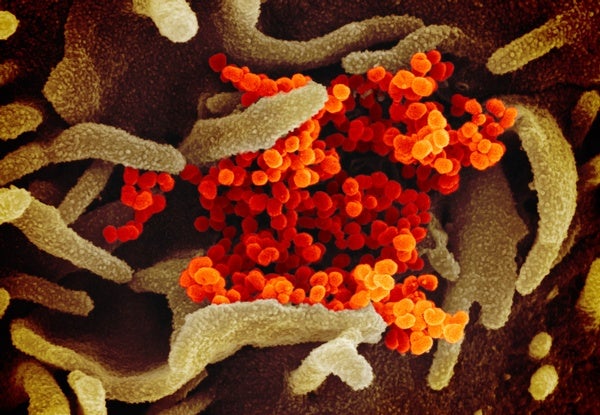 |
| |
| |
| |
| |
| |
| |
| |
FROM THE STORE
 | | | |
| |
FROM THE ARCHIVE
 | | | |
| |
LATEST ISSUES
 |
| |
| Questions? Comments?  | |
| Download the Scientific American App |
| |
| |




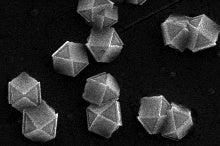




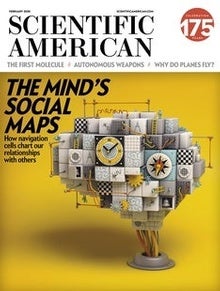


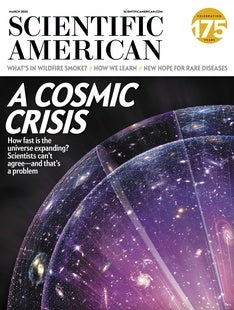

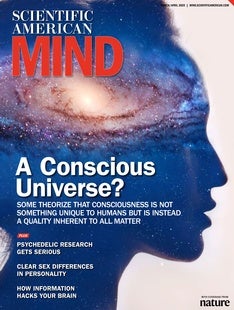
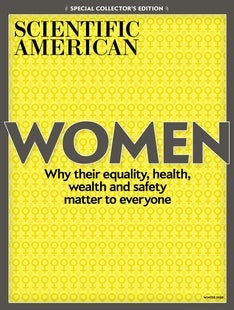
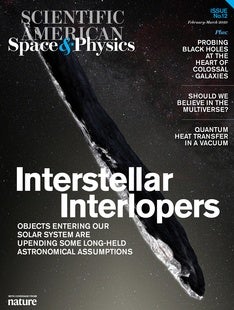



Comments
Post a Comment